I'm curious...Do you use fill the bottom of your pots with?
meyermike_1micha
10 years ago
Featured Answer
Comments (32)
oxboy555
10 years agogreenman28 NorCal 7b/8a
10 years agoRelated Professionals
Addison Landscape Contractors · Canby Landscape Contractors · Hawaii Landscape Contractors · Porterville Landscape Contractors · The Villages Landscape Contractors · Oxon Hill Landscape Contractors · Albany Solar Energy Systems · Woodland Hills Solar Energy Systems · Fort Myers Window Contractors · Lees Summit Window Contractors · Watsonville Window Contractors · Chatsworth Fence Contractors · Gardena Fence Contractors · Issaquah Fence Contractors · Kansas City Fence Contractorstommyr_gw Zone 6
10 years agofireduck
10 years agonil13
10 years agotommyr_gw Zone 6
10 years agogreenman28 NorCal 7b/8a
10 years agogreentoe357
10 years agooxboy555
10 years agomeyermike_1micha
10 years agogreenman28 NorCal 7b/8a
10 years agozeuspaul
10 years agofireduck
10 years agomeyermike_1micha
10 years agoTiffany, purpleinopp Z8b Opp, AL
10 years agomeyermike_1micha
10 years agodavid52 Zone 6
10 years agoTiffany, purpleinopp Z8b Opp, AL
10 years agodavid52 Zone 6
10 years agoTiffany, purpleinopp Z8b Opp, AL
10 years agorhizo_1 (North AL) zone 7
10 years agodavid52 Zone 6
10 years agoTiffany, purpleinopp Z8b Opp, AL
10 years agoaseedisapromise
10 years agopetrushka (7b)
10 years agomeyermike_1micha
10 years agotapla (mid-Michigan, USDA z5b-6a)
10 years agogaryfla_gw
10 years agoBillyoscar
10 years agojodik_gw
10 years agogreentoe357
10 years ago
Related Stories
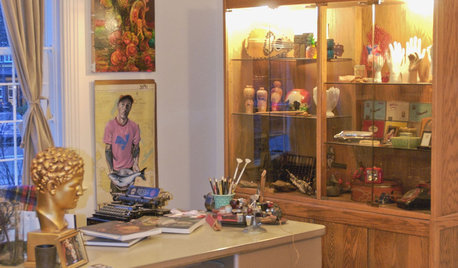
HOUZZ TOURSMy Houzz: Vancouver Artist's Curious, Collected Home
Family memorabilia and intriguing collections tell a lively story in a Canadian artist's one-bedroom home
Full Story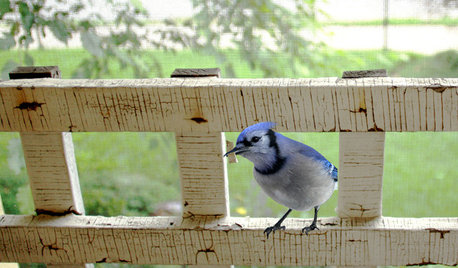
GARDENING FOR BIRDSBackyard Birds: Meet Some Clever and Curious Jays
Boisterous jays provide plenty of backyard bird-watching in winter. Here’s how to identify all the varieties and welcome them into your yard
Full Story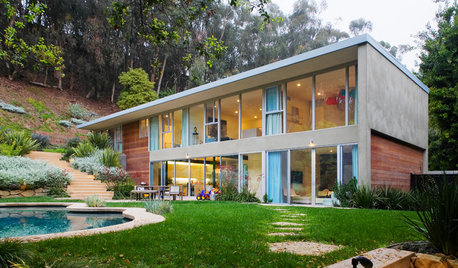
MIDCENTURY HOMESHouzz Tour: Getting to the Bottom of a Midcentury Los Angeles Home
Once it had only a second floor, but now this home has its fill of usable, beautifully designed spaces
Full Story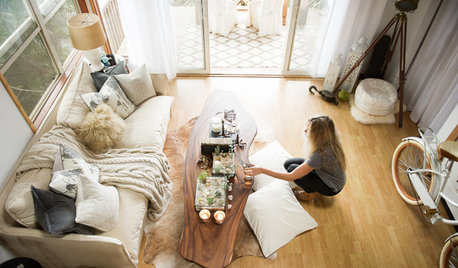
HOUZZ TOURS13 Character-Filled Homes Between 1,000 and 1,500 Square Feet
See how homeowners have channeled their creativity into homes that are bright, inviting and one of a kind
Full Story
WINTER GARDENING6 Reasons I’m Not Looking Forward to Spring
Not kicking up your heels anticipating rushes of spring color and garden catalogs? You’re not alone
Full Story
CONTAINER GARDENSSolve Your Garden Border Dilemmas With Planted Pots
Set your containers free from the patio — placed among plantings in the ground, they fill unsightly gaps, let you experiment and more
Full Story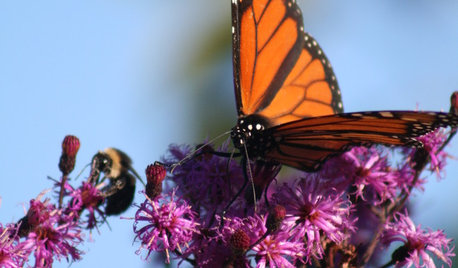
GARDENING GUIDESGreat Design Plant: Ironweed Fills Tall Garden Orders
Height, a slender form and a taste for wet soil make this native perfect for rain garden borders — and beneficial insects love it
Full Story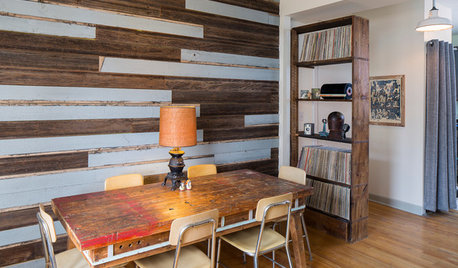
HOUZZ TVHouzz TV: Cool Reclaimed Wood Projects Fill a Craftsman’s Home
Using barn wood, beadboard and beams, this homeowner has crafted furnishings and features for his family’s Chicago home
Full Story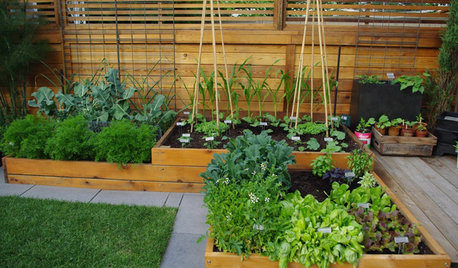
URBAN GARDENSExperiments Aplenty Fill Vancouver Edible Garden
Lush and brimming with test landscape plantings, a Canadian garden appeals to the eye and the palate
Full Story
FARMHOUSESLight-Filled Artist’s Studio in the Pennsylvania Countryside
An architect creates a soaring space for a still-life painter that references the area’s history and her passion for horses
Full Story





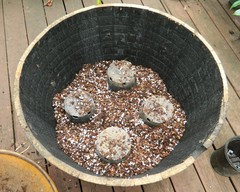



meyermike_1michaOriginal Author